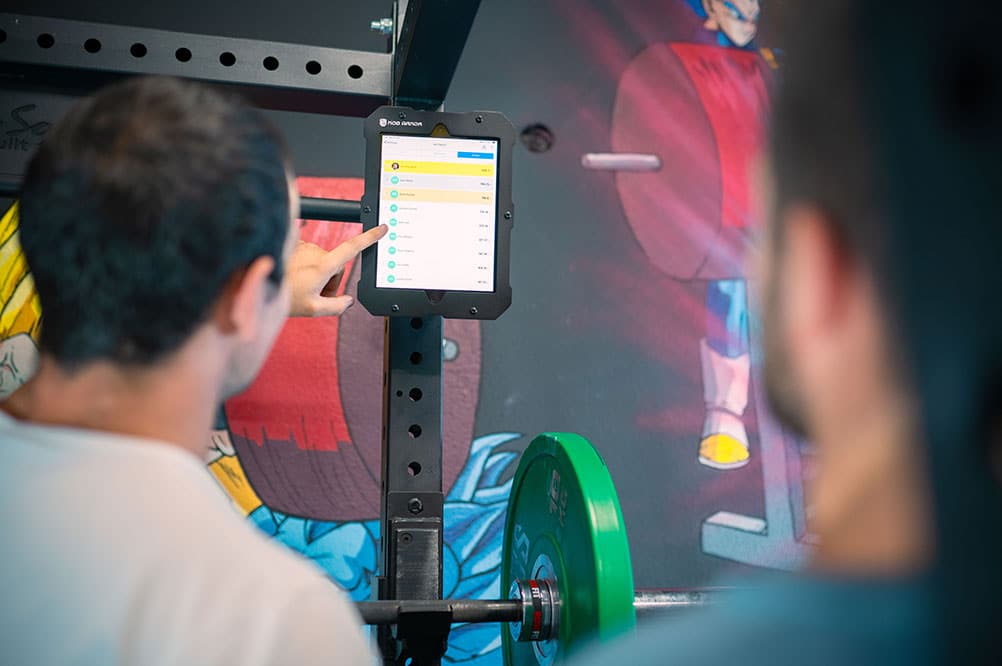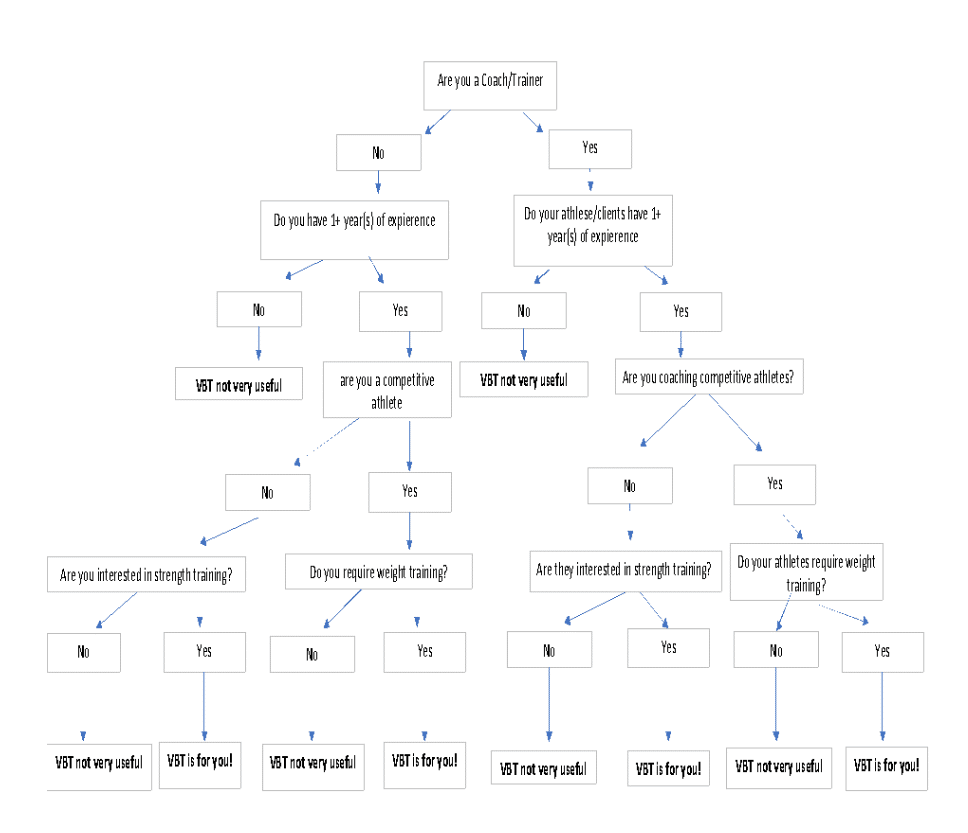Are you interested in taking your performance to the next level? Feeling stuck in a plateau? Not sure how to properly auto-regulate your training? Confused about all the information out there? Well you have come to the right place!
Who Am I?
My Name is Ben Langley, I have been lifting weights for just over a decade now, formally competing in powerlifting for 6 years. I’m a 2-time Canadian National Champion in the men’s 74kg Open category. I’ve competed all around the world at the highest level of IPF powerlifting competitions, including the European Arnolds, Commonwealth Championships, and IPF Worlds.

Beyond my lifting, I’m also in the Canadian Military where I find myself in multiple different countries on a regular basis. I currently leave my home country of Canada almost every two weeks for missions. As a result, trying to stay consistent with strength training can be extremely challenging.
Why Am I talking about Velocity-Based Training?
Outside of being an athlete, I have no formal qualifications in strength training. I have no fancy science degrees, and I’m pretty sure I have the IQ of an apple. So how do I stay consistent and continue to get stronger? Why listen to me? Well with my lifting experience combined with the adversities in my training, I have found that through VBT (and my amazing coach!) I have managed to stay at the top of the sport at the most elite level.
What is Velocity-Based Training?
To start, let’s discuss what exactly velocity-based training is in layman’s terms. By understanding what the tool is, we can understand how to use it within our training to maximize its benefits.
Scienceforsports defines the VBT as “a form of training which typically uses technology such as a wearable accelerometers or linear position transducers to measure movement velocity during an exercise.” For people like me (where “science jargon” goes over my head) this means using a device attached to your barbell/dumbbell that accurately measures the speed of the exercise you are performing, providing you data.
Why Use VBT?
If you are a coach or athlete running a strength block for squats, there are a number of options you could run a workout with a one repetition max of 400lbs. Examples include:
- Back Squat: 5 Sets X 5 Reps |Rate of perceived exertion (RPE) 8;
- Back Squat: 5 Sets X 5 Reps | 310Lbs (77.5%); or
- Back Squat: 5 Reps | Auto-regulatory progressive resistance exercise (APRE).

There are a variety of different ways to achieve the same concept in your strength block. However, the one thing all of the above methods have in common. It relies heavily on guess work. If you’re having an “off” day and you are following RPE the you might end up “short changing” yourself and not quite achieve your maximum performance. This equates to lost gains! A strictly percentage-based training can be very useful but there’s definitely some cons to go with the pros.
“Strength isn’t always Linear. If you test your squat and it’s 500lbs at the beginning of a 16-week training cycle, and then put 50lbs on it over the course of that period, the percentages based on that 500lbs aren’t very accurate by the time weeks 11,12,13,etc roll around.” This means lost gains!
Finally, APRE is a fantastic concept however not a practical long-term strategy. Consistently working at an “as many reps as possible” (AMRAP) on every set for each training day may over work your muscles and potentially risk injury over a long period of time. Injury or over worked muscles equates to lost gains!
So, why use VBT? VBT as discussed is an accelerometer which gives you accurate representation on a daily basis on exactly where your strength is. Let’s look at the above example and show how you can implement VBT:
5 Sets X 5 Reps |310Lbs (77.5%);
Now can be;
5 Sets X 5 Reps | 0.55-0.65 M/S .
Which maybe will be 310Lbs or more/less depending on your velocity.
This lets you work within your safe max capacity every single training day which means – no wasted gains!
Who can benefit from VBT?
Here is the million-dollar question. If you are serious about your training and you’re dedicated to your craft than maybe VBT is exactly what you’re looking for.
For a generic and simple method, I’ve made a flow chart to help you decide. This flow chart provides a general guide in my opinion. Anyone could use VBT in their training and see some gains!

How I’ve Implemented VBT into my training
If you’re still on the cuff about VBT and the flow chart concurs with the idea of adopting VBT, then let me explain how I’ve implemented VBT. For starters, auto-regulation is out of the picture. Once you find your velocity range that suits your lifting which everyone will be slightly different depending on your experience with lifting and depending on your goals, than you’re all set.
For myself a general idea for my velocity is as follows:
RPE 10 | 0.10-0.15 M/S;
RPE 9 | 0.16-0.25 M/S;
RPE 8 | 0.26-0.35 M/S; and
RPE 7 | 0.36-0.45 M/S.
Now that I have a velocity range that works for me I implemented it into my training once a week onto my heavier squat, benchpress, and deadlift days. This had me focusing on power and speed at higher RPE level’s. Once I was comfortable with the speeds, between my coach and I, we’d increase the volume and workload of the sets for my heavy day and added a heavy single rep around RPE 8-9 for each of the lifts. Currently I still have VBT formally implemented into one of my training days for my working sets, however, I still utilize VBT for every single day to judge where my speed, depth, and power outputs are reading.
My Experience with VBT
I’ve been utilizing VBT since June 2020. Within 3 months I have managed to add 17lbs/7.7kgs onto my squat, around 10lbs/4.5kgs onto my bench, and 11lbs/5kgs to my deadlift. I told you I travel almost every two weeks for work. With the world having a global pandemic of COVID-19 I find myself quarantined in every country I arrive at where my only method of training is sometimes the number of push-ups I can do. So, staying at my best potential performance and staying on a linear progression of a simple program can’t be possible sometimes. Coming back and working within velocity ranges lets me perform to the absolute best of my ability with no wasted gains. Even with the challenge of constantly quarantining in different countries and sometimes going a week or two without touching a barbell I’ve still managed to add 40lbs/18kgs onto my gym total.
So, what does this all mean to you?
If you’re on the cuff about buying a velocity encoder and not really sure if this is meant for you. But you’ve liked what you’ve read and see signs pointing in the direction of VBT than – BUY IT! The more time you sit on your decision then the more time you’re not making those gains!











